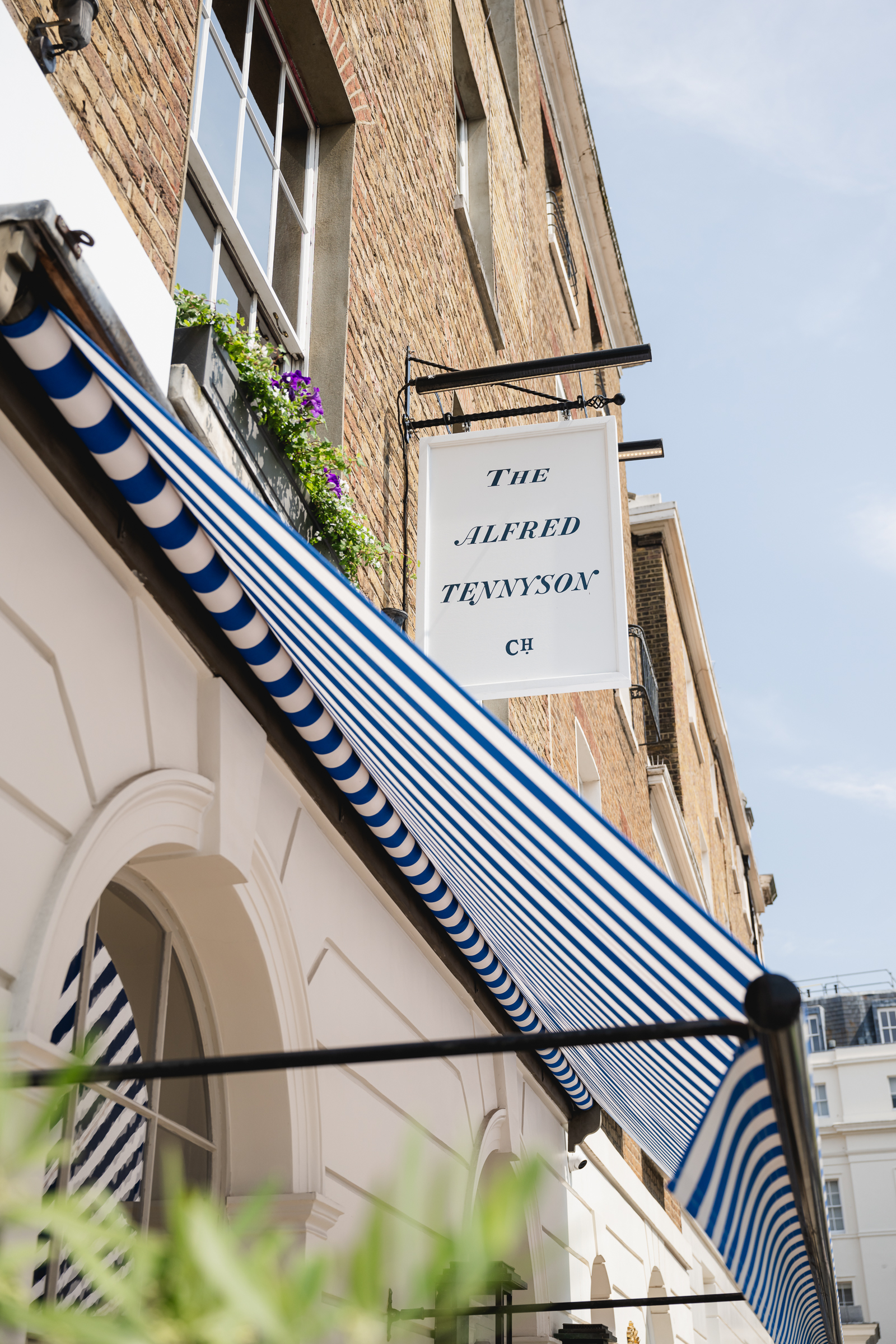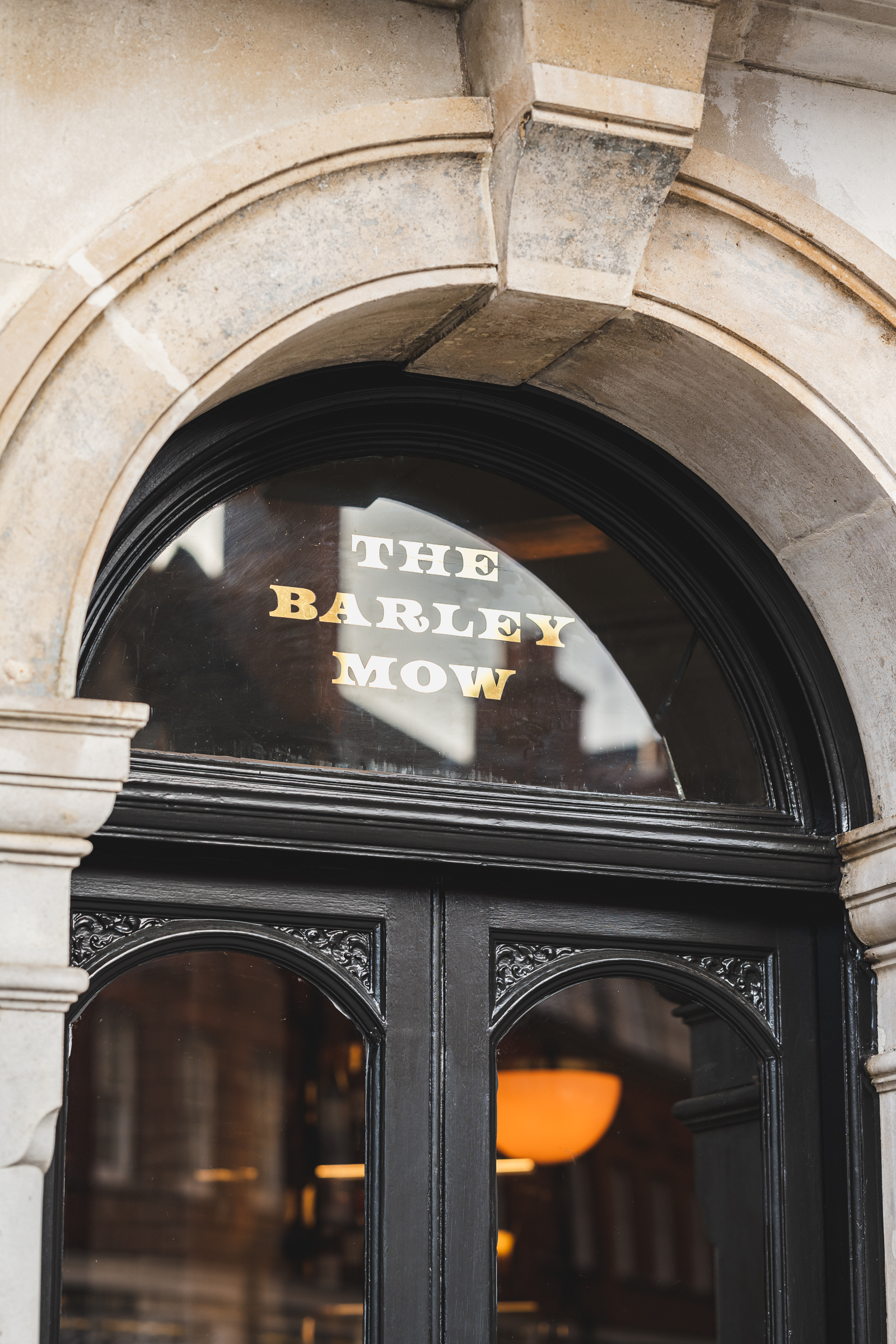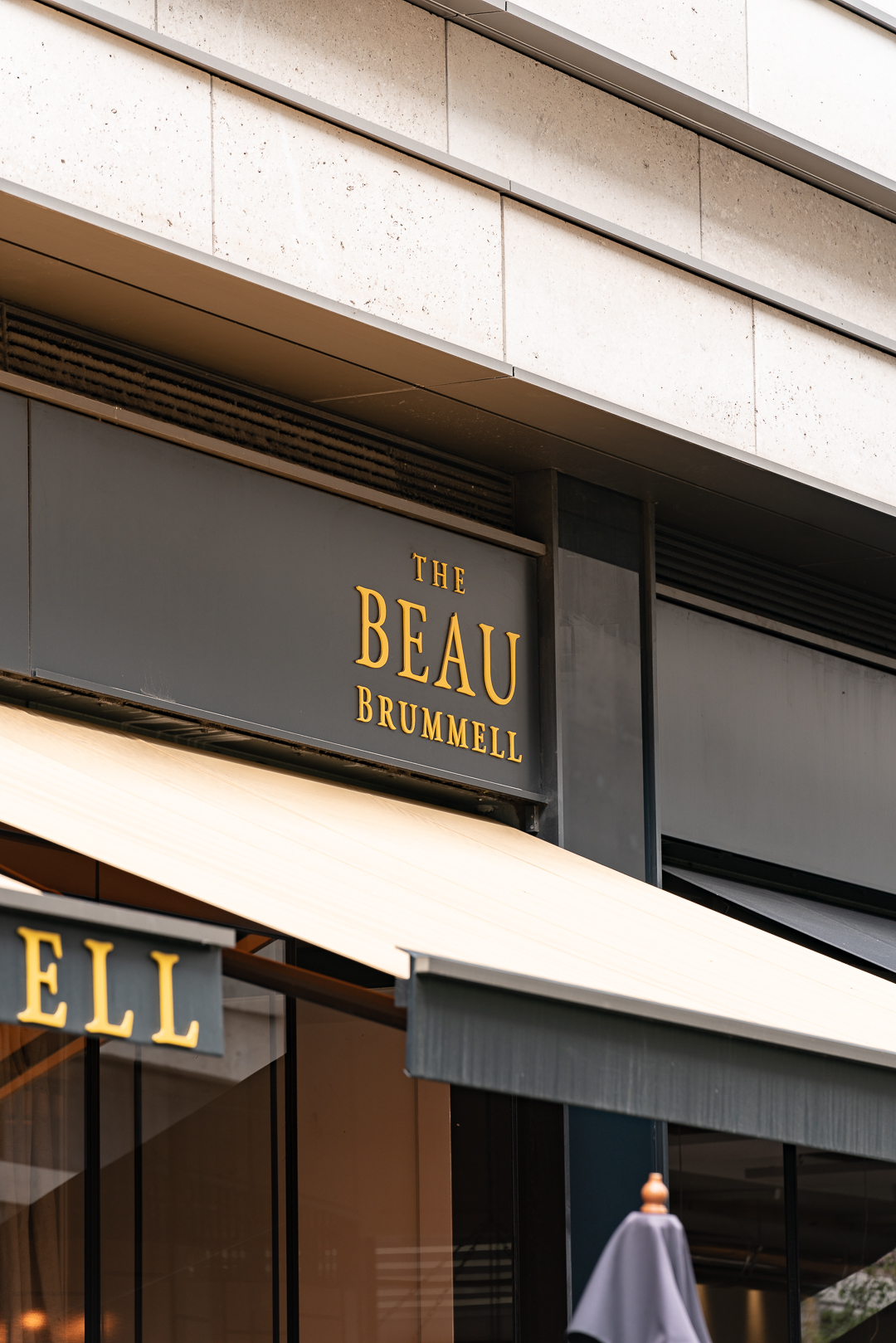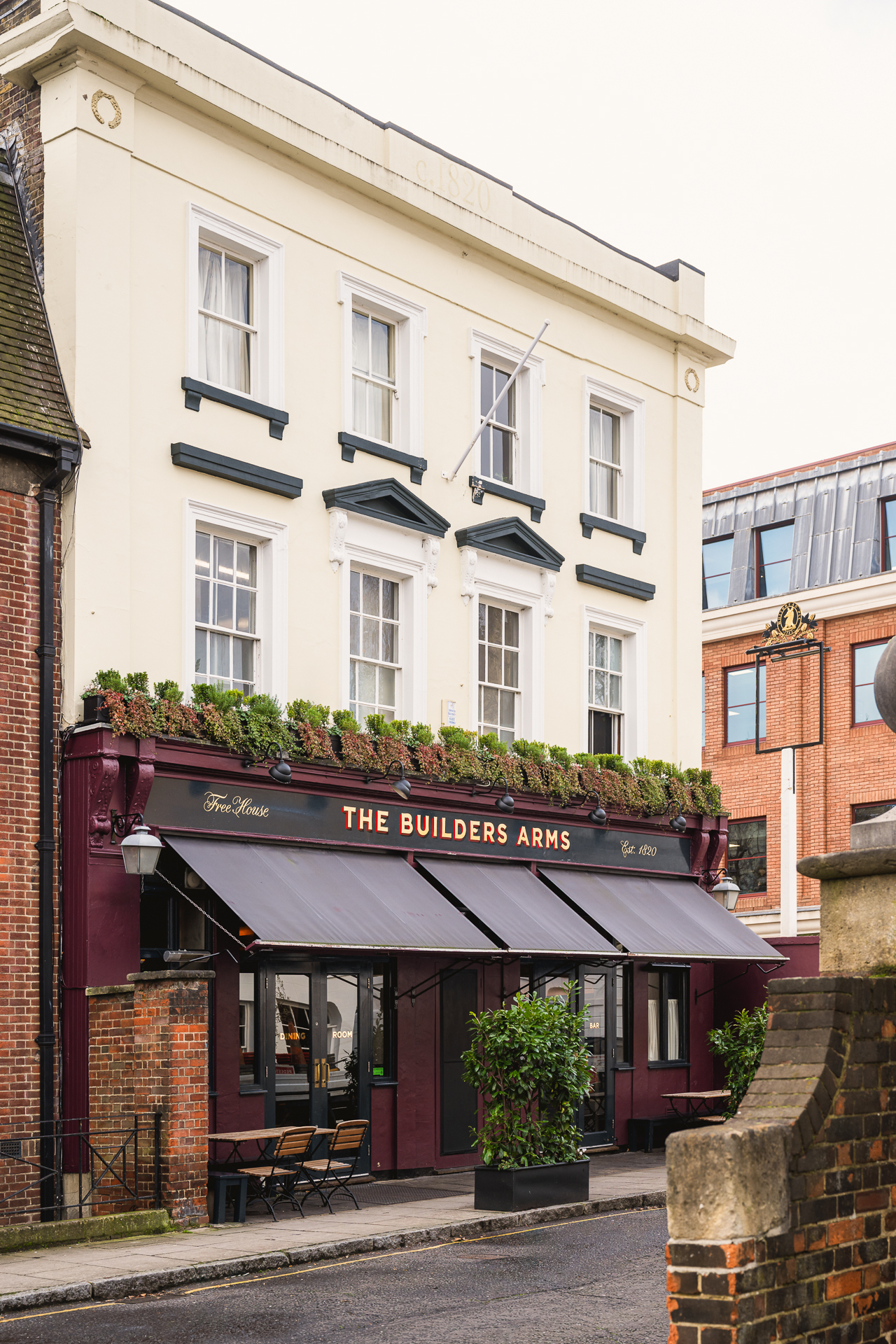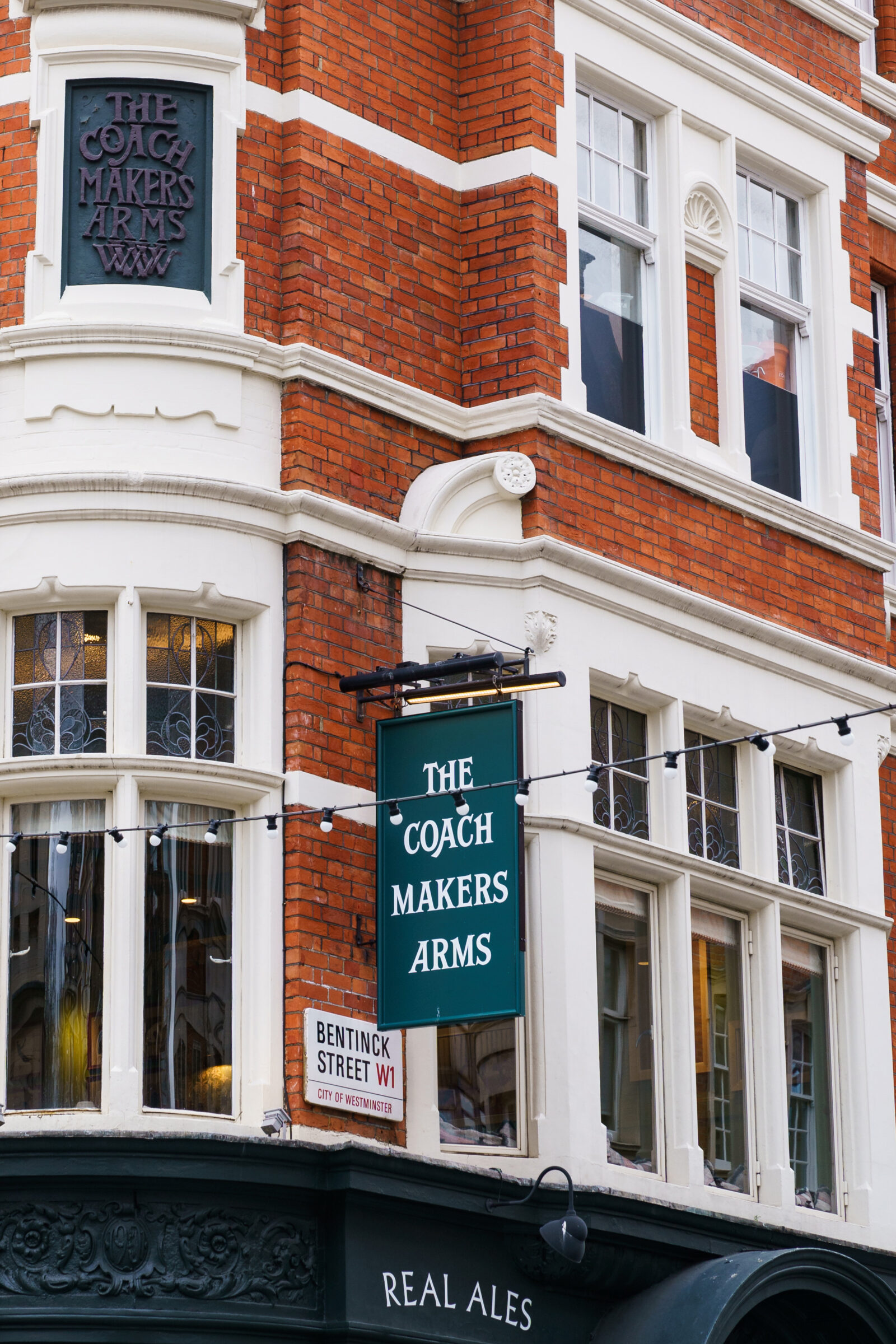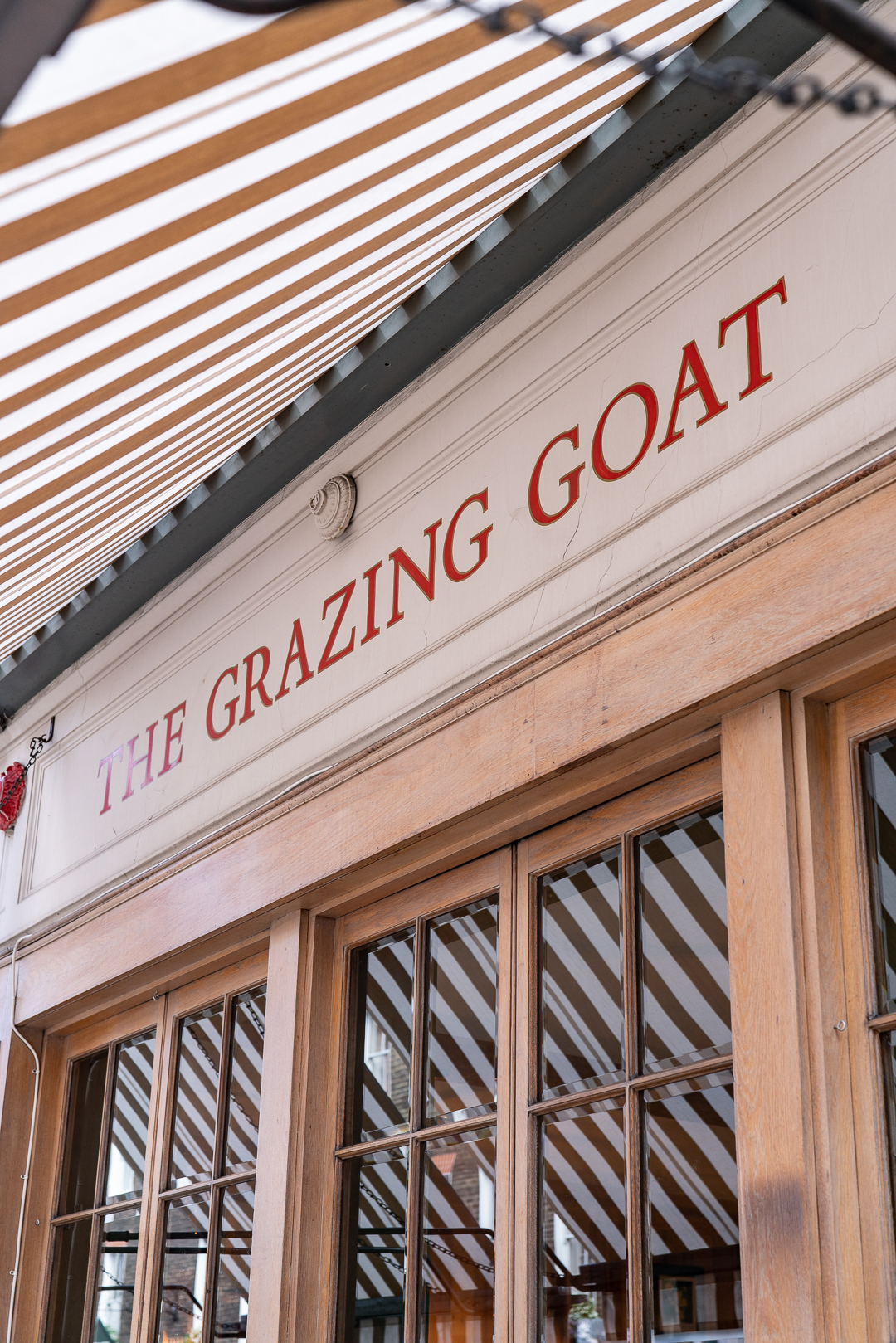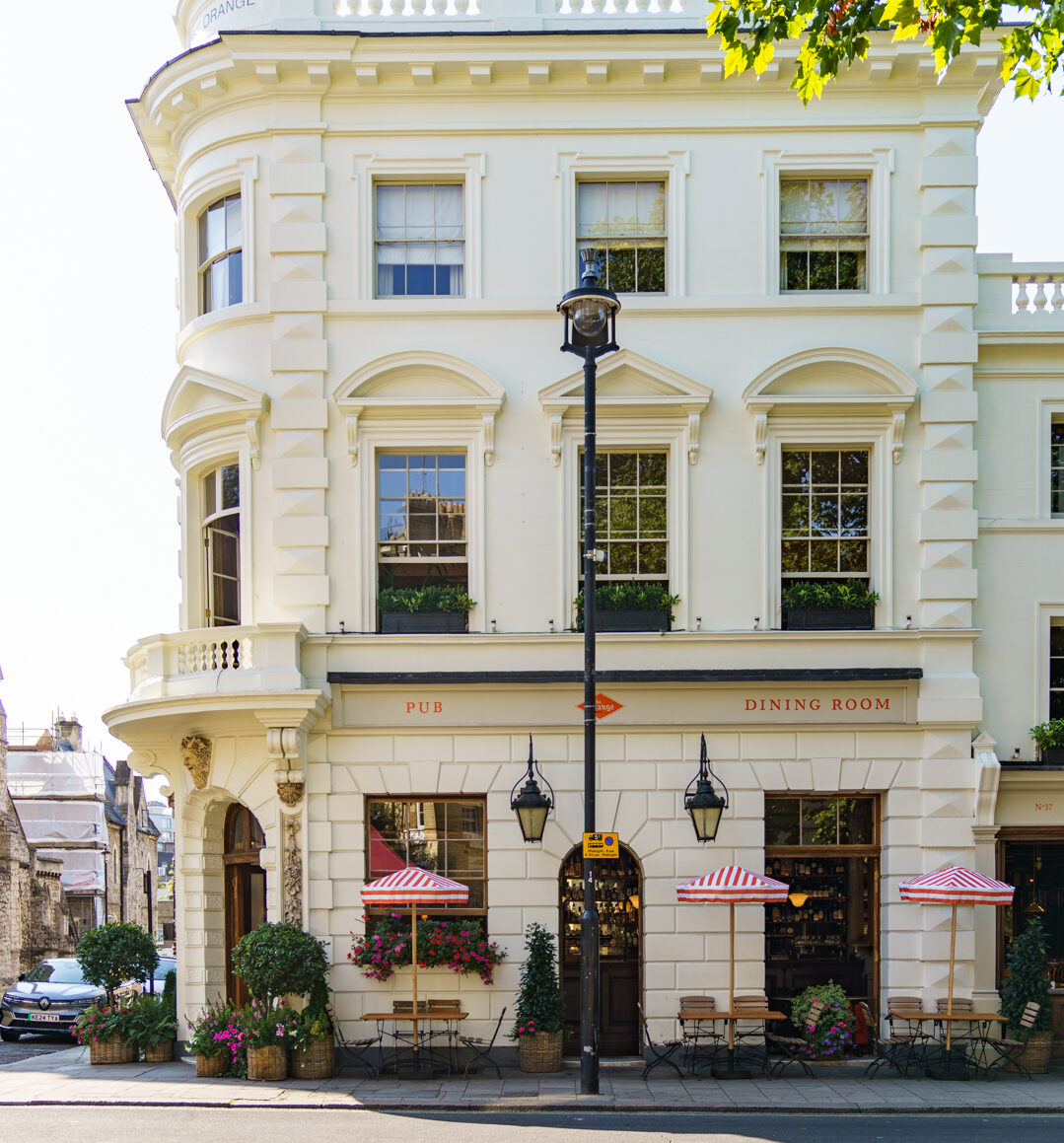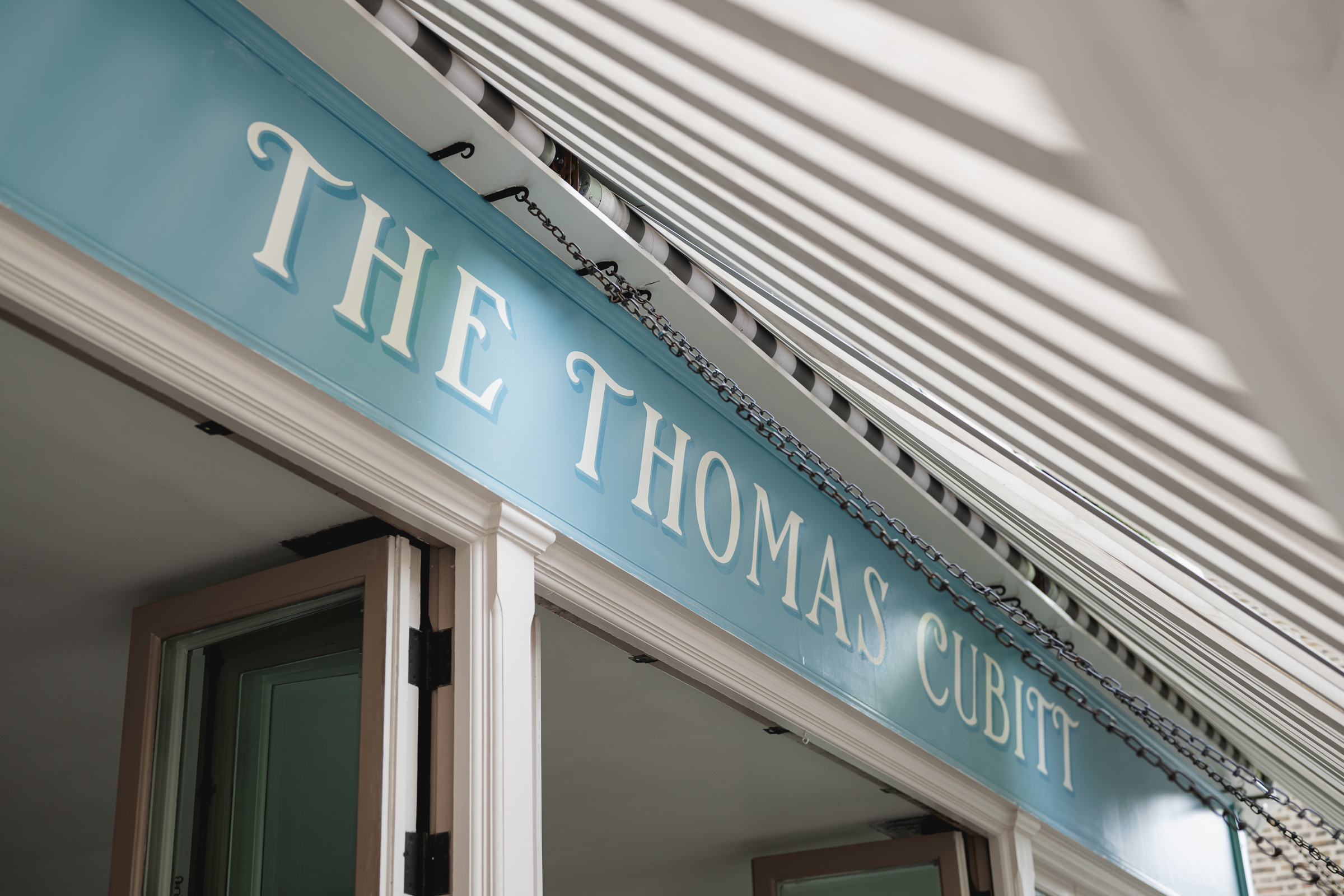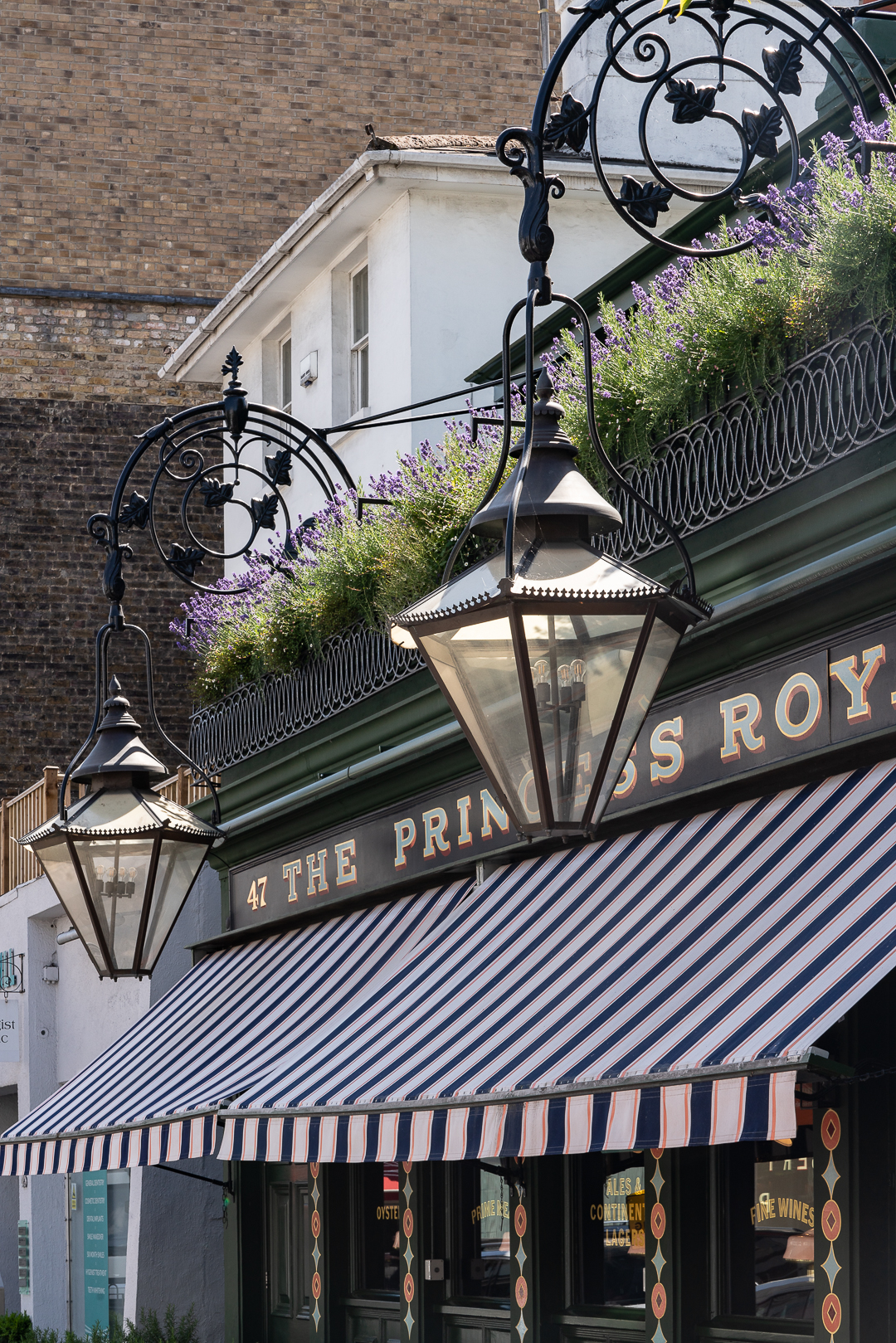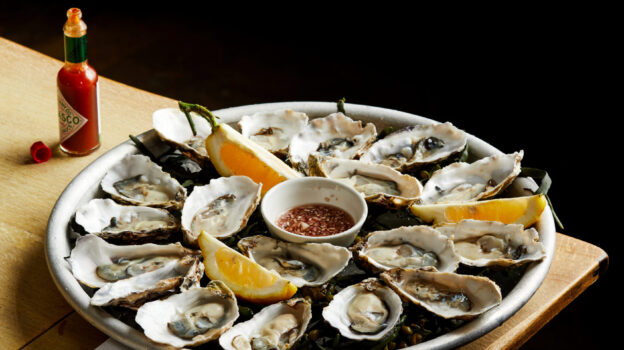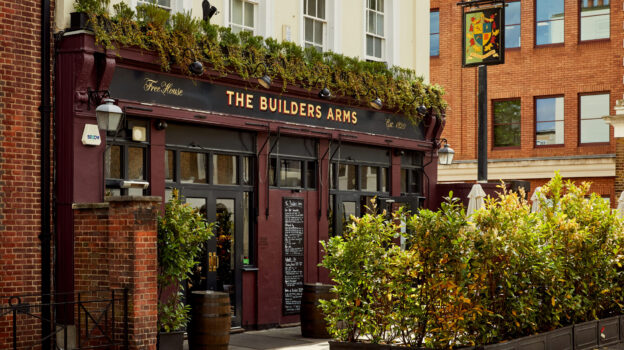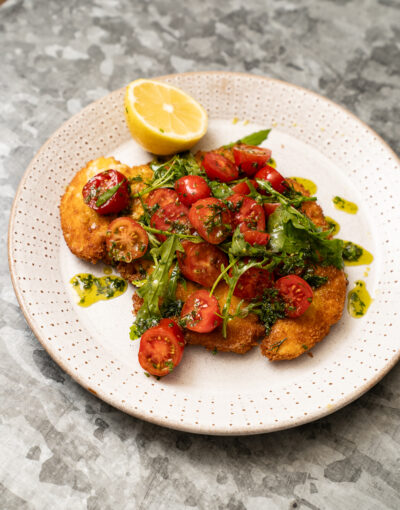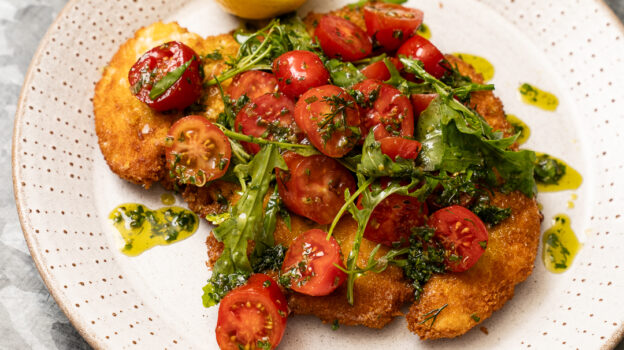Amber Guinness has made a name for herself as an author and cook who champions the slower, more soulful side of Italian life. Her latest book, Winter in Tuscany, is a celebration of off-season charm, when the days grow shorter, the food richer and the kitchen becomes the heart of the home.
Ahead of her event at The Princess Royal on 7th October, we caught up with Amber to talk Tuscan winters, the quanto basta way and why pasta is better when shared.
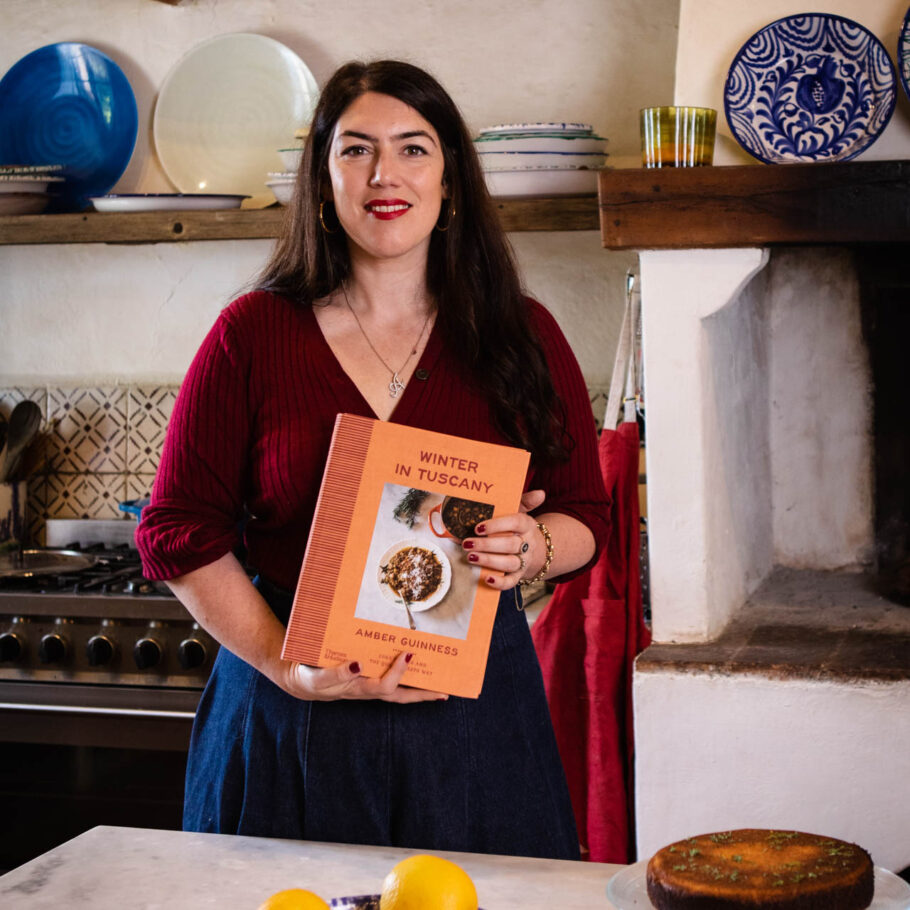
The book celebrates a slower, more intimate side of Tuscany. What do you hope readers will take away from this ode to the off-season?
As we move closer to winter, I hope this book serves as a manual for making the coldest and shortest days of the year joyful rather than something to dread. The book is all about slowing down, taking in the beautiful things around us that we are normally too busy to notice, and hunkering down in the kitchen with friends and a glass of wine while making something delicious to eat.
How do you hope readers can adopt ‘quanto basta’ in both their kitchens and their lives?
By adopting the sentiment behind it: not stressing or taking food too seriously. It’s about using your instincts and a bit of common sense to make a delicious plate of food without getting into a flap.
The book features everything from antipasti and hearty zuppe to rustic pasta and brodo. Do you have a favourite “cosy night in” dish from the collection?
My go-to chapter for a cosy night in would definitely be the Minestre (Soups) chapter – a bowl of steaming broth with lots of vegetables and beans (Minestra di verdure) or my mum’s mini malfatti (ricotta and spinach dumplings) in chicken broth are two favourites. I also turn to the pasta section a lot for cosy nights in – spaghetti with red wine and pancetta or my emergency spaghetti with rosemary are both quick, delicious, and unusual.
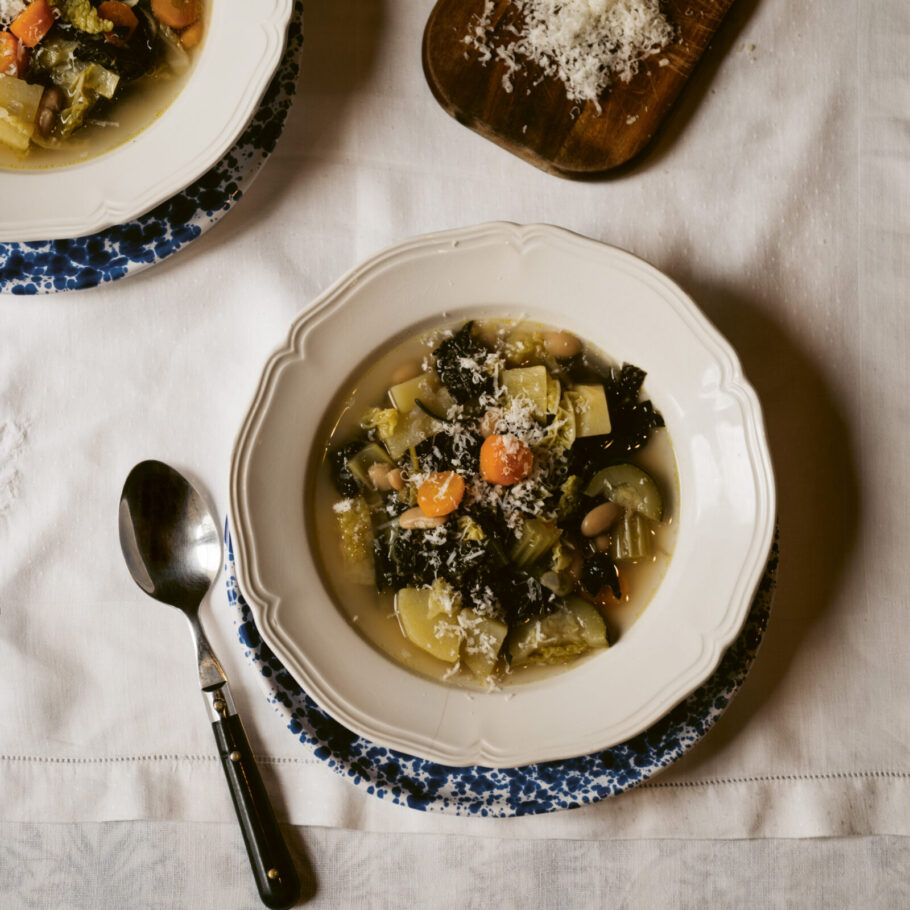
For those inspired to bring a little Tuscan magic into their own kitchens, which three pantry staples would you recommend always having on hand?
Chilli flakes, good olive oil, and good-quality dry pasta.
Can you share a little about the “quanto basta” philosophy that runs through your cooking? How did it shape this new collection of recipes?
Quanto basta is this wonderful Italian kitchen term that really sums up my whole cooking—and much of my life—philosophy. It literally means “as much as you need,” and if you leaf through any cookbook originally written in Italian you’ll see that many ingredients are followed by the initials q.b. Basically, it means you should add as much salt, flour, butter, or whatever it might be, as is needed. It’s an approach that encourages you to use your instincts rather than painstakingly measure out olive oil to the millilitre when a glug or two will do. I love the sentiment behind it: not stressing too much or taking cooking too seriously, but instead using your taste, touch, instinct, and a little bit of common sense to create a lovely meal to share with people you love – and that includes cooking for yourself.
Tuscany has such a rich culinary heritage. How does the winter season influence the dishes and the way people cook and gather there?
Tuscan food is really well suited to wintry dishes. It’s when the signature produce and recipes of the region come into their own, and the kitchen becomes even more of a gathering place.
In an age where fast cooking dominates, your approach celebrates slowing down. How do you hope your recipes encourage people to connect with the seasons?
I hope the recipes in the book reflect people’s lives, in that there are some recipes you can make in fifteen minutes and some which take hours. I’ve even divided them into two lists: recipes to make al volo (in a rush) or con calma (when you have a calm moment). Food should be about joy, whether that’s throwing together something delicious for yourself in a quarter of an hour or tackling more of a kitchen project on a Sunday afternoon. In any case, it’s about approaching food in a more conscious, practical way than ordering one portion of pasta through an app to be delivered to you in twice the time and at four times the cost it would have taken to make it yourself.
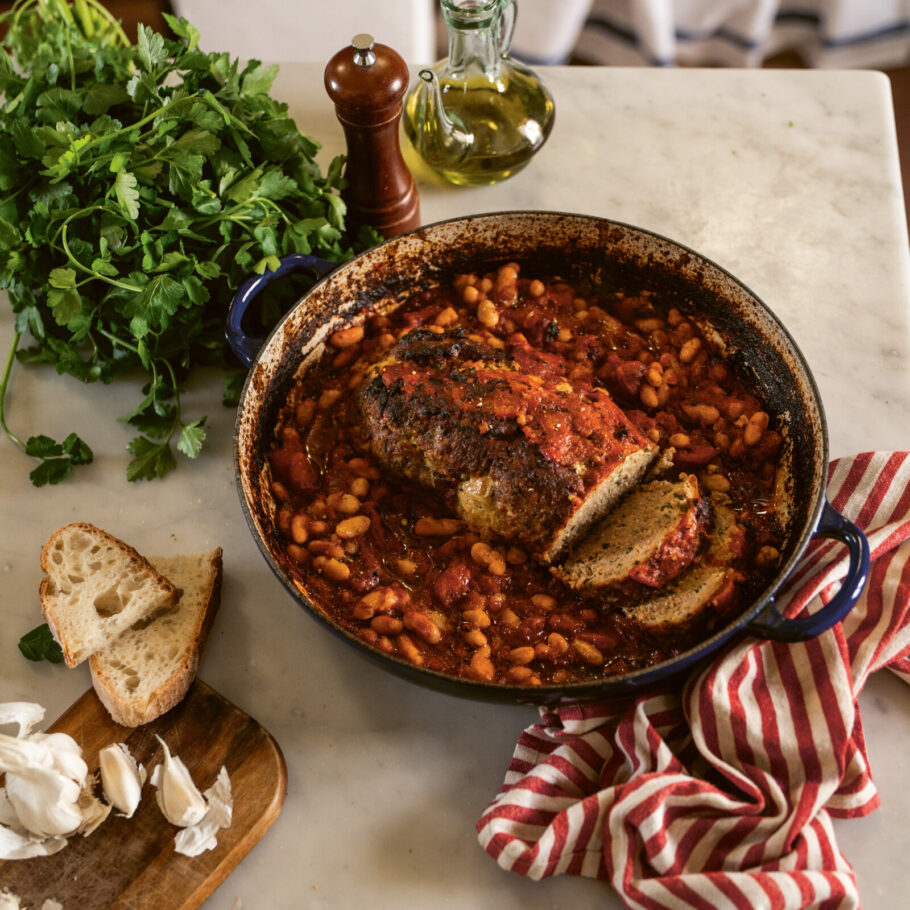
Do you have a favourite anecdote from the process of writing or testing recipes that made its way into the book?
There was a wonderful day in my kitchen that really summed up the quanto basta philosophy – when legendary local cook Grazia kindly showed me her method for making pici. She tipped half a bag of flour into a bowl and started adding water. When I asked how much flour she thought she was using, so I could note it down, she said, “Beh, ci vuole la farina che prende,” which means, “Well, we need as much flour as it takes.” While being this loose with weights makes me a bit anxious, I love the sentiment – not stressing too much or taking cooking too seriously, but instead using your taste, touch, instinct, and a bit of common sense to make something tasty.
I also really loved getting to know one or two of the monks at our local monastery, the Abbey of Monte Oliveto Maggiore. I’ve been visiting the abbey my whole life to see the beautiful Signorelli and Sodoma frescoes in the Great Cloister, and I had often seen the monks in a wonderful restaurant above the abbey where they would watch the football on TV in their cassocks, but I had never spoken to any of them. They kindly shared a wonderful recipe of their own invention: saffron speltotto, which is spelt cooked like risotto. They said they put it together as a way of using up the saffron, spelt, and olive oil they grow and produce on their farm—joking that the only thing in the recipe they don’t make themselves is the huge amount of cheese included!
The book is as much about place as it is about food. What is it about Tuscany in the off-season that you think makes it so magical?
I have always loved winter in Tuscany. November is hands down my favourite month – you get crisp cold days with blue skies, it’s when the olives are harvested for the new season’s oil, and when white truffles are growing in the valleys, ready to be shaved in gossamer-thin slices over fried eggs or pasta. I love the sense of hibernating, not rushing around, and curating cosy evenings in with as many people as will fit around my table (different to summer, where the outdoors means one can over-invite and no one feels cramped). Winter is also the best time to take on a fun long kitchen project, like slowly stewed peposo (which we will be having at The Princess Royal), which takes three hours of gentle cooking. Or making pici (thick, long, noodle-like fresh pasta from Siena) with friends for a delicious cacio e pepe. When it’s harder to spend time outside, it’s lovely to hunker down in the kitchen, hide from the cold, and spend a little more time making something delicious to eat.
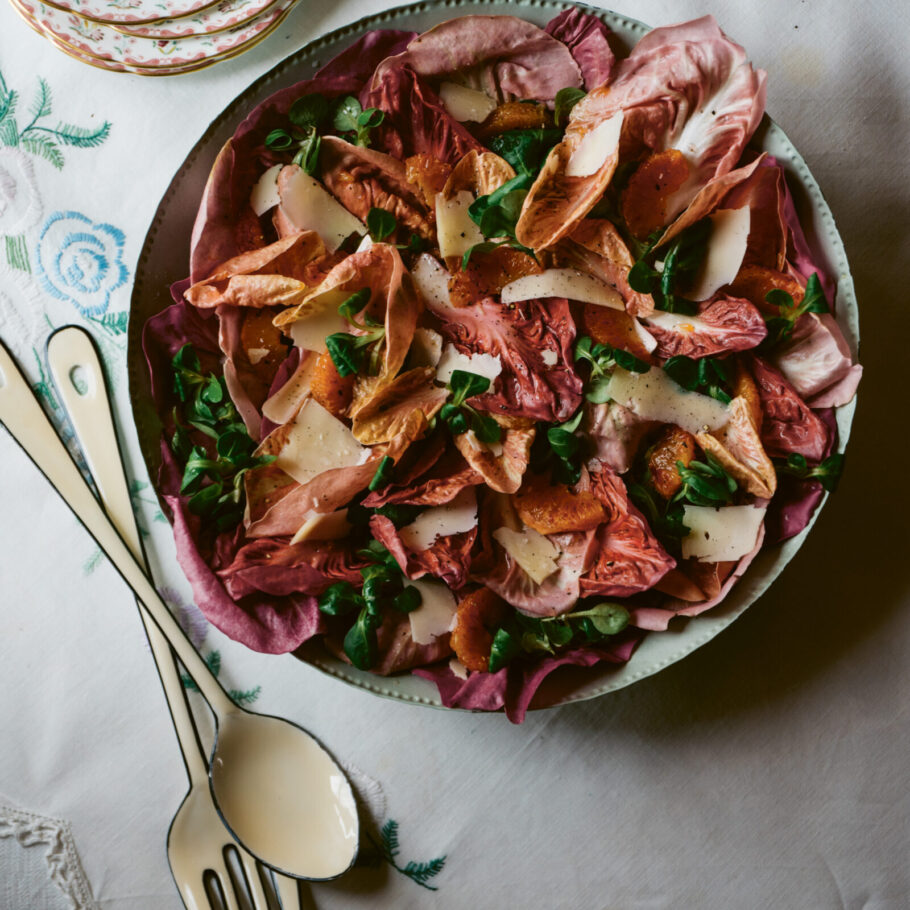
For those joining us at The Princess Royal what do you hope they’ll take away from the experience, besides a signed copy and a full stomach?
I hope they leave with a sense of the tastes and flavours of Tuscany from the comfort of an amazing London restaurant, and a sense that Italian food is so much more than the handful of basics we often eat outside of Italy. It’s all about combining fabulous, seasonal, exciting flavours to create the cosiest evening meal possible on dark winter nights.
What was your vision when curating the special one-day menu? Can you share a sneak peek of one or two dishes guests can expect?
I wanted a selection from each chapter of the book: gorgeous antipasti to nibble on with a glass of wine, a plate of unusual but delicious pasta, and some heavenly mains. For antipasti I have chosen a favourite from the book, coccoli (“cuddles”)—fried dough balls that you eat with Parma ham and tangy, creamy stracchino cheese. Totally heaven with a glass of prosecco or a negroni. To follow, there are tonnarelli (a long pasta) with artichokes and prosciutto, which is a great combo. For mains, one of my most-cooked dishes from the book: aromatic lemony meatballs with rosemary cannellini beans. To finish, a wonderful seasonal quince tarte tatin with ice cream.
For guests who buy a signed copy of Winter in Tuscany on the day, are there any recipes or chapters you’d encourage them to cook first after experiencing the menu?
There’s lots to try for different occasions! I would start with how much time you have to cook, then turn to the pages which list the recipes to make al volo (“on the fly”) when you’re short on time but want something delicious, or con calma (“in a calm moment”) when you have the time and inclination to take on a kitchen project. These can be found in the menus chapter at the start of the book.
If someone has never cooked Tuscan food before, how do you hope this collaboration with The Princess Royal inspires them to bring a little bit of Italy home with them?
I hope they love the food and feel inspired to try out the recipes for themselves in their own kitchens.
Join us at The Princess Royal this October for an evening that promises the spirit of Tuscany – no passport required.
Book Here